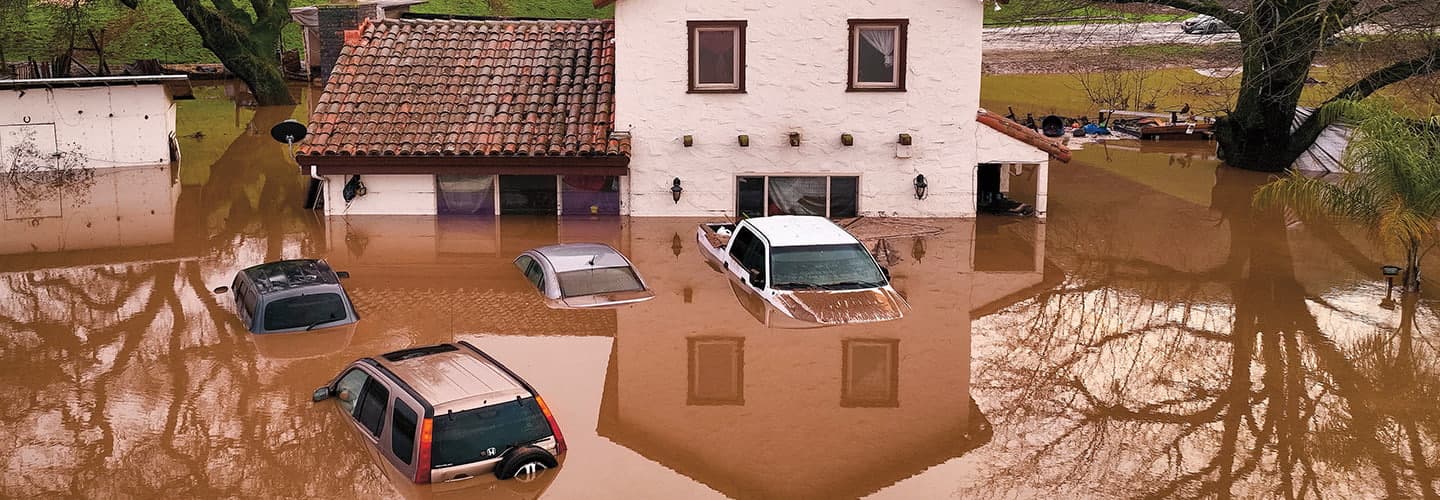When it rains, it pours. People across California were reminded of that saying as a series of powerful storms battered the state from late December to mid-January.
Some areas saw up to six times the normal amount of rainfall for that period. San Francisco had its wettest three weeks since 1862. Meanwhile, more than 16 feet of snow fell in some parts of the Sierra Nevada mountains.
The storms led to widespread flooding that destroyed homes and businesses. Heavy winds knocked out electricity to more than 2 million customers. With trillions of gallons of water falling in only a few weeks, the ground became saturated. This led to hundreds of landslides. Huge masses of rock, mud, and debris flowed down hills and blocked roadways in areas along the coastline and farther inland. Sadly, at least 20 people died during the storms.
“It will take many months for people to repair the damage caused by these storms,” says Sarah Rogowski, a meteorologist with the National Weather Service.

